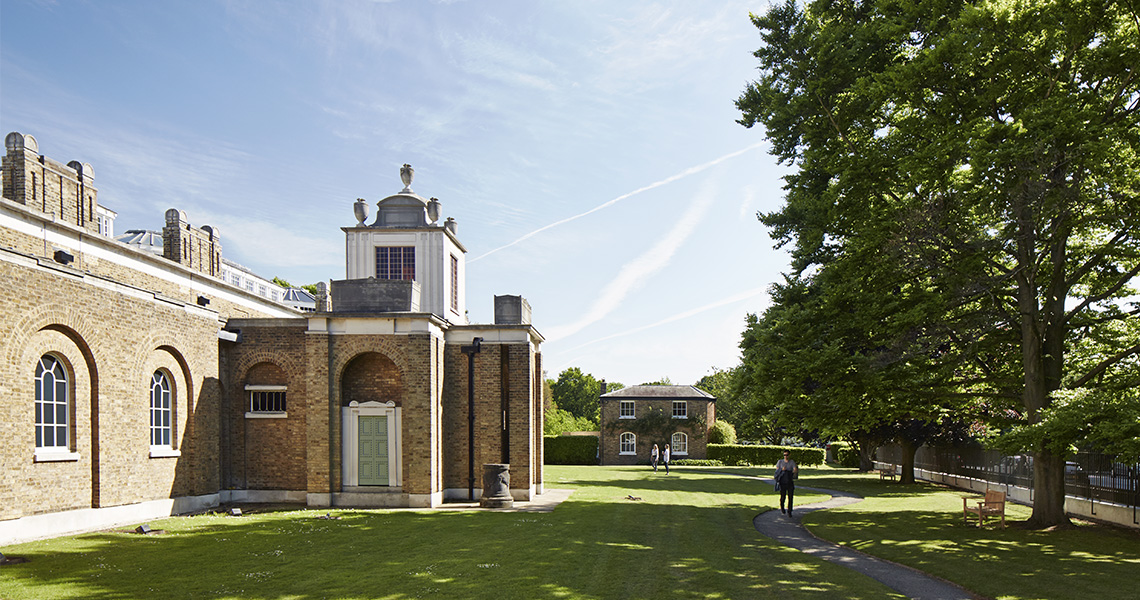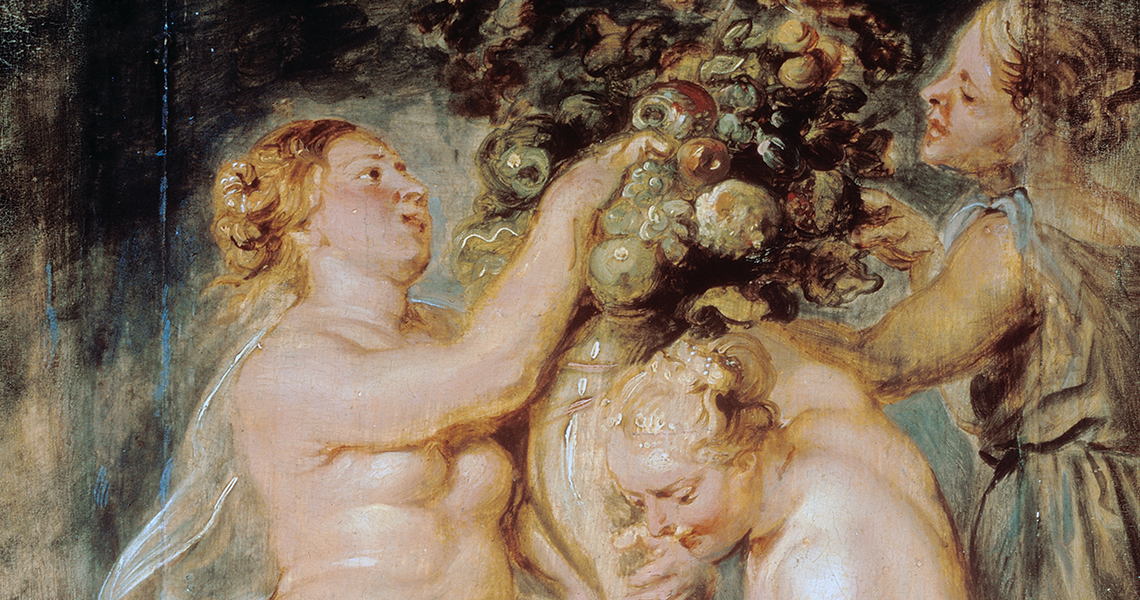The Art of Wellbeing
How integral are aesthetics to human happiness? Writing for In View magazine in 2019, author, architect and mental health advocate, Ben Channon explored how art and architecture can provide an emotional haven through nature, colour and a sense of the present.

In November last year, scientists identified the oldest figurative art in the world, testing its uranium content to date it at over 40,000 years old. The ochre painting, discovered in the Borneo jungle of Indonesia, depicts wild cattle. While there is slightly more debate about when homo sapiens became “human” in the sense that we would consider it – developing symbolic and creative forms of thinking – archaeologists are in general agreement that it happened somewhere between 40,000 and 80,000 years ago. Art is one of the acts that clearly separates humanity from other animals – even our closest animal relatives, chimpanzees, do not create works of art, despite sharing around 98% of our DNA.
What is clear is that for much of modern humanity, we appear to have had an inherent need to create and share art. So where does this come from? It is first worth pointing out that art performs many functions. Firstly, like the cave paintings of Lascaux in France, or the Bornean jungle, art can be used to tell a story. This would have been particularly important before the emergence of the earliest true writing systems, currently believed to have been invented in Mesopotamia by the Sumerians as late as 3500 BC. Prior to this, stories could only be passed down in other ways – through the oral tradition, or through visual representations such as paintings or other forms of art such as dance or theatre. Many early writing forms like hieroglyphics still relied heavily on drawings or pictures, illustrating the importance of, well, illustration.
Since the invention of the printing press to reproduce information quickly and accurately, the need for art as a method of recording has diminished, and even more so since the birth of photography 180 years ago. Instead, art fulfils a second, more sophisticated role: to create or evoke an emotional response in its audience – or indeed to express an emotional reaction by its creator. Whether this is awe and wonder at the beauty of a painting by Rubens, or awe and revulsion at a film by Matthew Barney, art allows us to access our full spectrum of emotion and feeling.

Is it possible then, to harness this inherent power of art to support healthy emotional activity and good mental wellbeing? Over the last couple of years it has been almost impossible not to read about mental health in the media, and rightly so – one in four people now suffer with a diagnosable mental health problem every year. Even the royal family has become involved in championing this important cause through the charity Heads Together, partly as a result of Prince Harry’s own struggles.
While researching my book Happy by Design, I discovered the effect that the aesthetics of our surroundings can have on our mental health. The evidence shows that our environment can have a significant impact on how we feel, and can support good mental health, or conversely contribute to poor mental health and exacerbate existing problems. A beautiful place or building can ground us in the present moment, effectively helping us to practice a form of mindfulness. Focusing on our present environment like this has been shown to have a number of positive impacts on our brain, improving concentration and mood.
Our aesthetic environment can create moments of joy, which are hugely important given that humans have evolved to remember negative moments more strongly than positive ones. Le Corbusier, one of the pioneers of what is now called Modern architecture, understood this as well as any designer. He sought to provide such moments of joy through well-placed views, moments of colour, the use of light, or in some cases all three, as can be seen in his Notre Dame du Haut chapel in Ronchamp, eastern France. The building, which has recently been added to UNESCO's World Heritage List as an “outstanding contribution to the Modern movement”, features an irregular arrangement of clear and coloured windows scattered across the main walls. These do not have any connection with the impersonal aesthetics of traditional stained glass, explains the Fondation Le Corbusier, a non-profit organisation set up to help protect the architect's legacy. Instead, they provide “glazing through which one can see the clouds, or the movements of the foliage and even passers-by".
Studies show that looking at nature can have huge benefits, from making us happier to improving our memories and reducing our perception of pain. One building whose design invites visitors to reflect on nature is Louis Kahn’s Salk Institute in San Diego. In his efforts to create a strong sense of tranquility and spiritualism, Kahn turned to the natural power of water, which he placed at the very heart of the scheme. The building is spatially organised using similar organisational principles to the Basilica of Saint Francis of Assisi in Umbria, Italy. Two long blocks are punctured by light wells, echoing the monastic cloisters, and between these blocks runs a central plaza, split in two by a narrow waterway. This line of water inevitably draws the eye to the horizon, where we find one of nature’s most powerful forces: the ocean.
Like nature, colours have been proven to have an impact on how we feel. The University of Tokyo carried out a 10-year study in which they replaced standard lighting in train stations with LED panels emitting a pleasant, deep-blue glow in an attempt to reduce suicides, based on the theory that blue light has a calming effect on mood. The results showed an 84% decline in suicide rates, suggesting that colour can indeed affect how we feel.
Art can ground us in our present moment. A painting or sculpture can hold our attention for minutes or even hours, allowing us to engage in a wholly mindful experience. Art in all forms also has the ability to create moments of joy – and a gallery visit can generate hundreds of such moments. Galleries can also expose us to things we may not see on a daily basis, from beautiful landscapes to colours so vivid they seem almost unbelievable. All of these elements can lift our mood and help to create a positive frame of mind to support good mental wellbeing.
The power of art to evoke an emotional response can allow us to experience – truly – a wide range of feelings, from elation to despair, in a safe environment. This can not only be cathartic, like the feeling of crying at a great movie, but can also help us to gain a greater understanding of our own emotions and responses, preparing us for the wider world and making us more emotionally robust. Art is much more than simply a brief escape from reality. It has the power to strengthen our resolve, bring joy to our hearts, and even improve our mental health.
Whilst the Gallery is closed, the creativity continues! You can find plenty of resources on our website, and social media channels to keep your art dose up. Why not explore our Collection in stunning high resolution online and find yourself in art in our many beautiful landscapes?
Our Friends receive a copy of In View magazine three times a year. Please consider supporting the Gallery during this challenging time by signing up as a member today.
